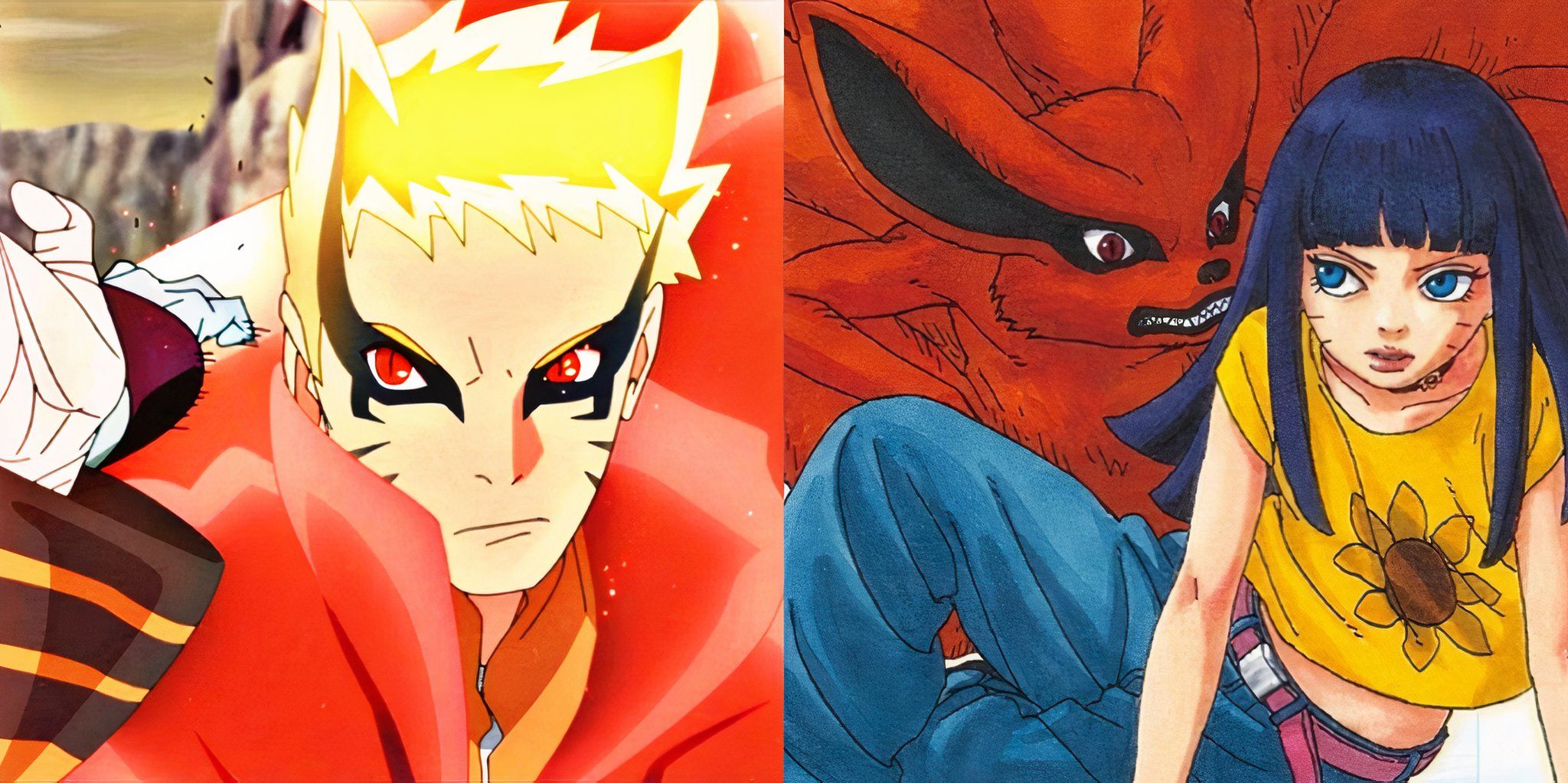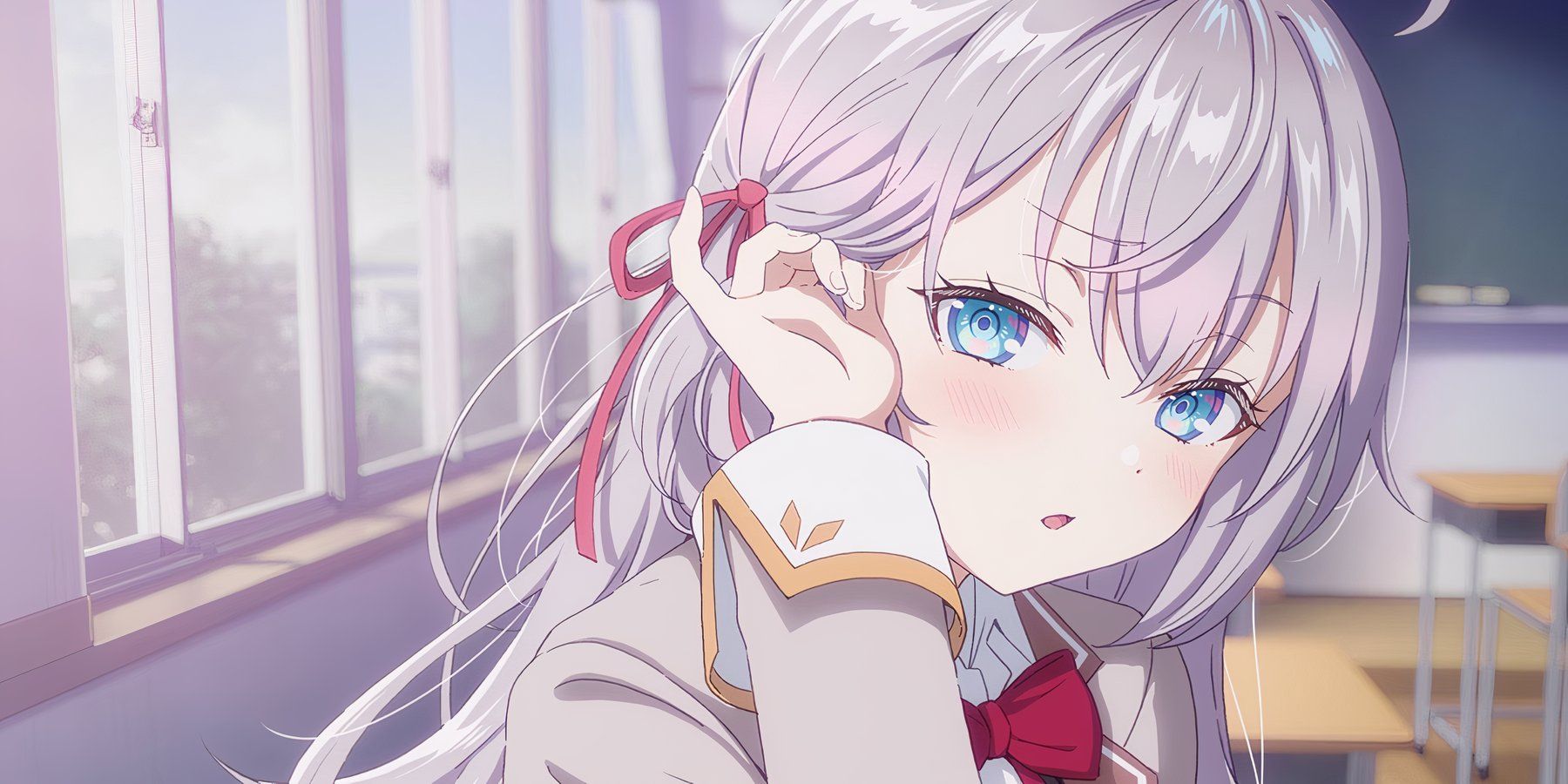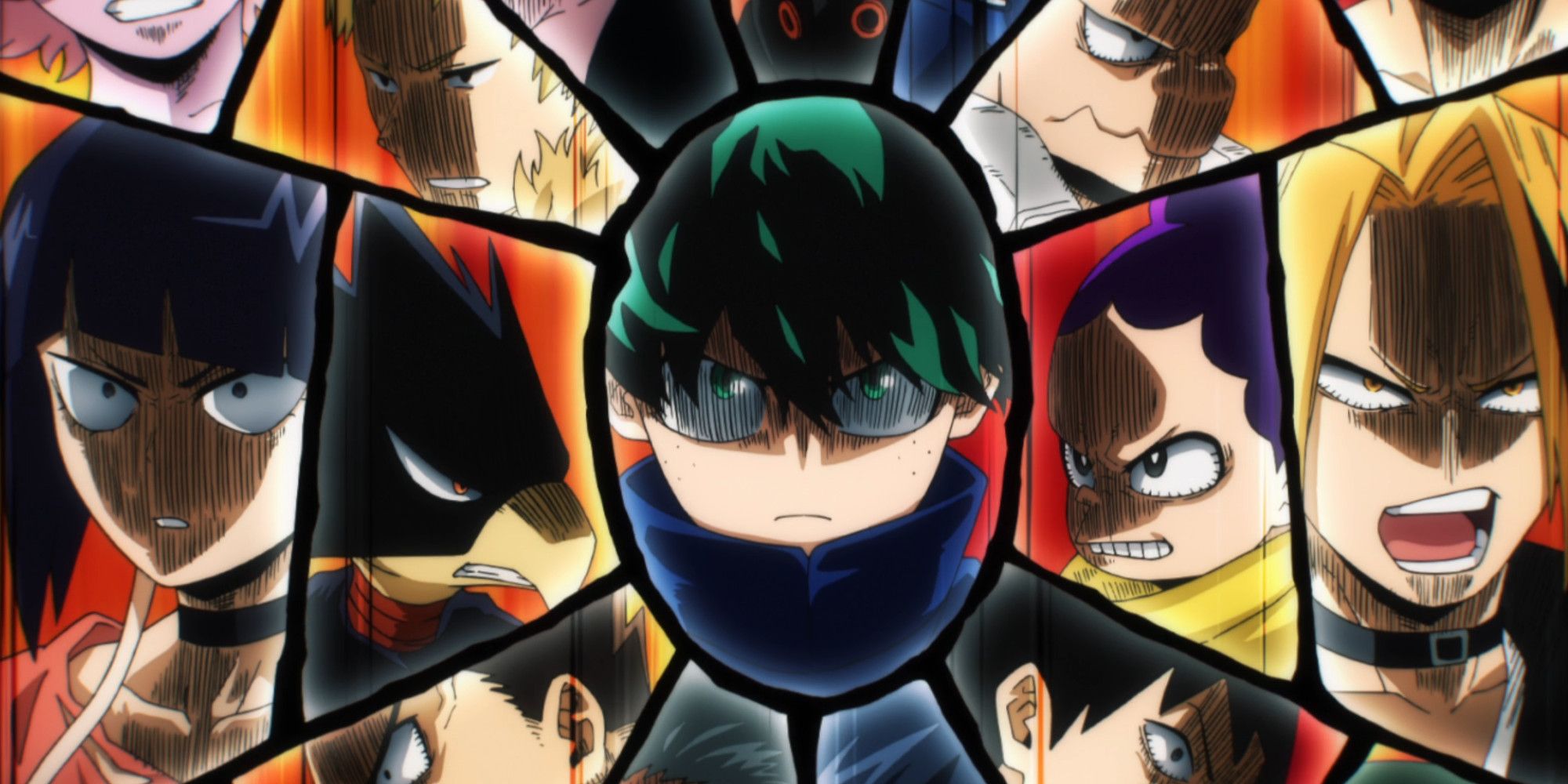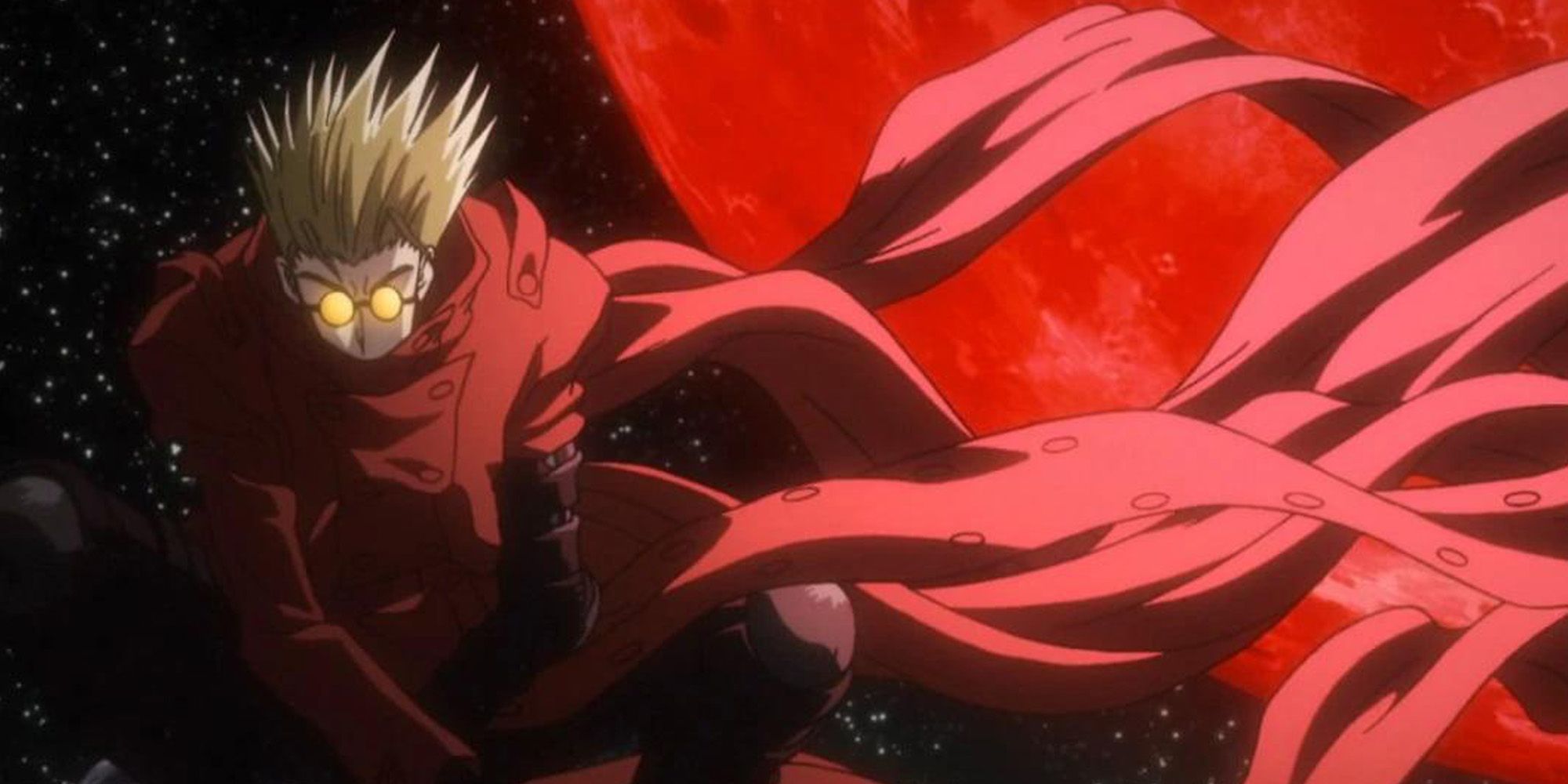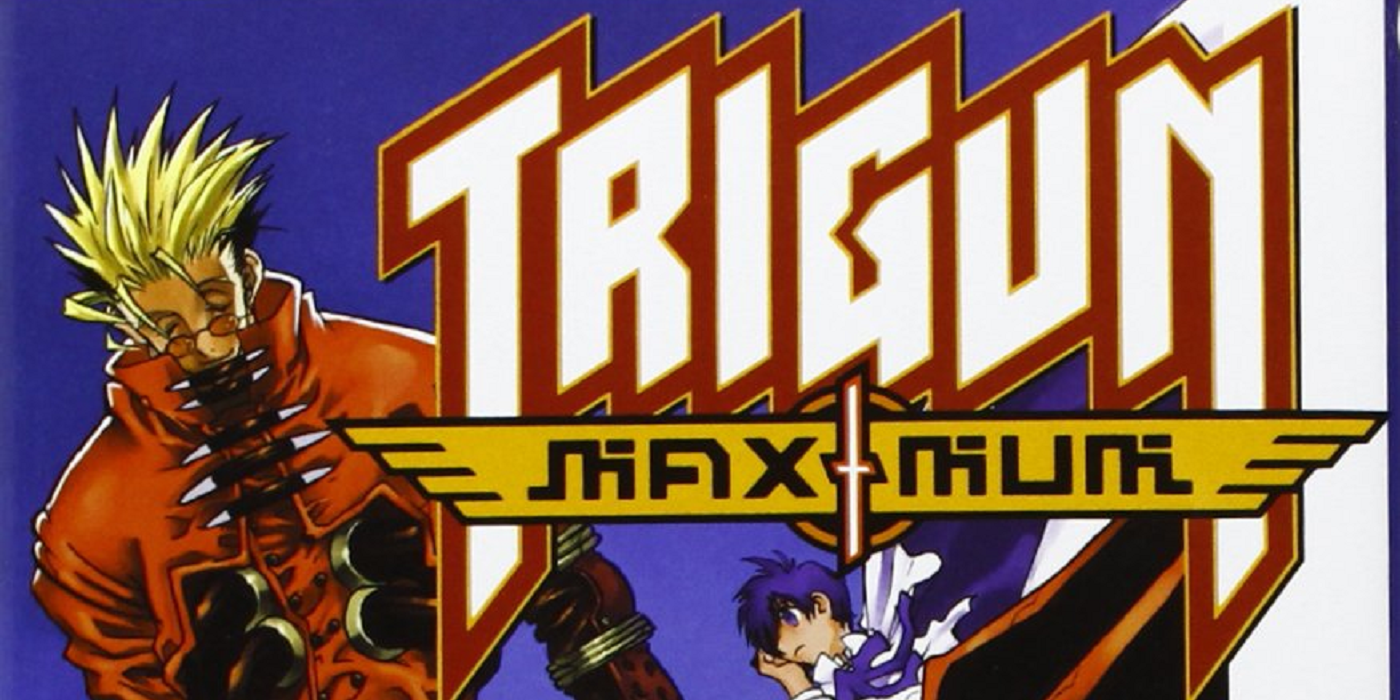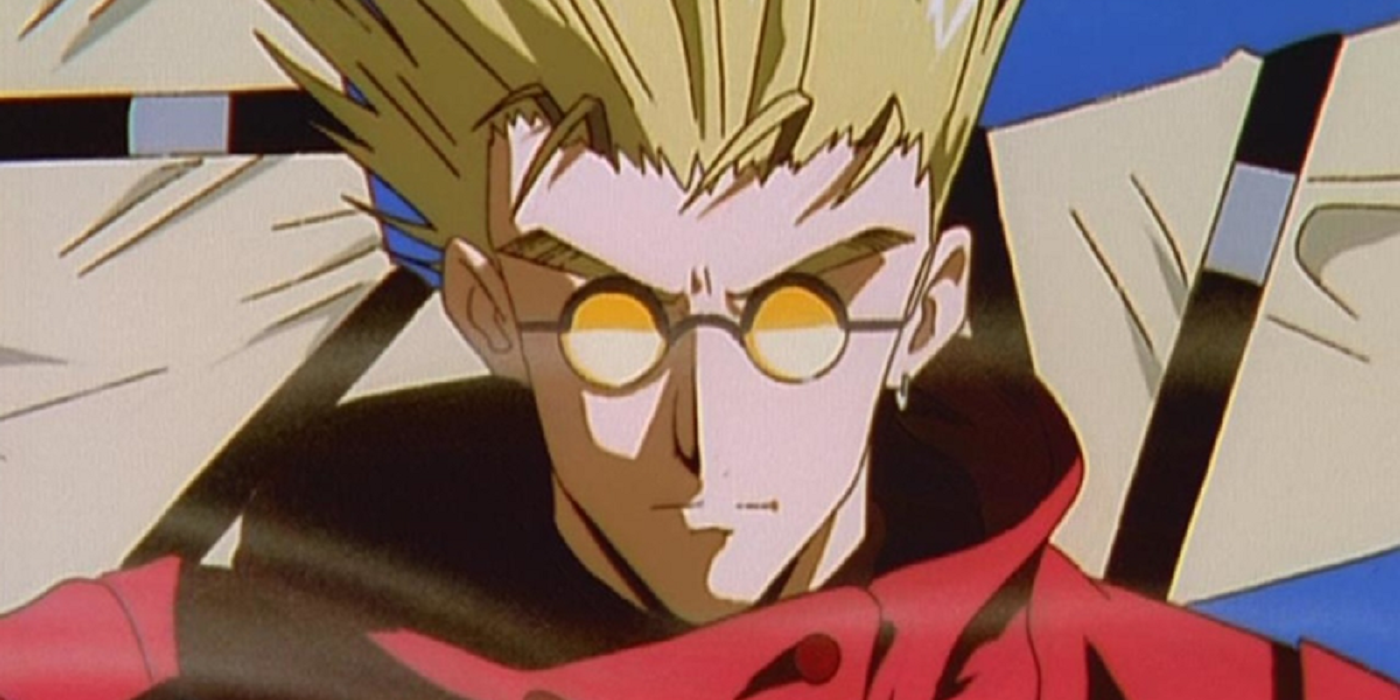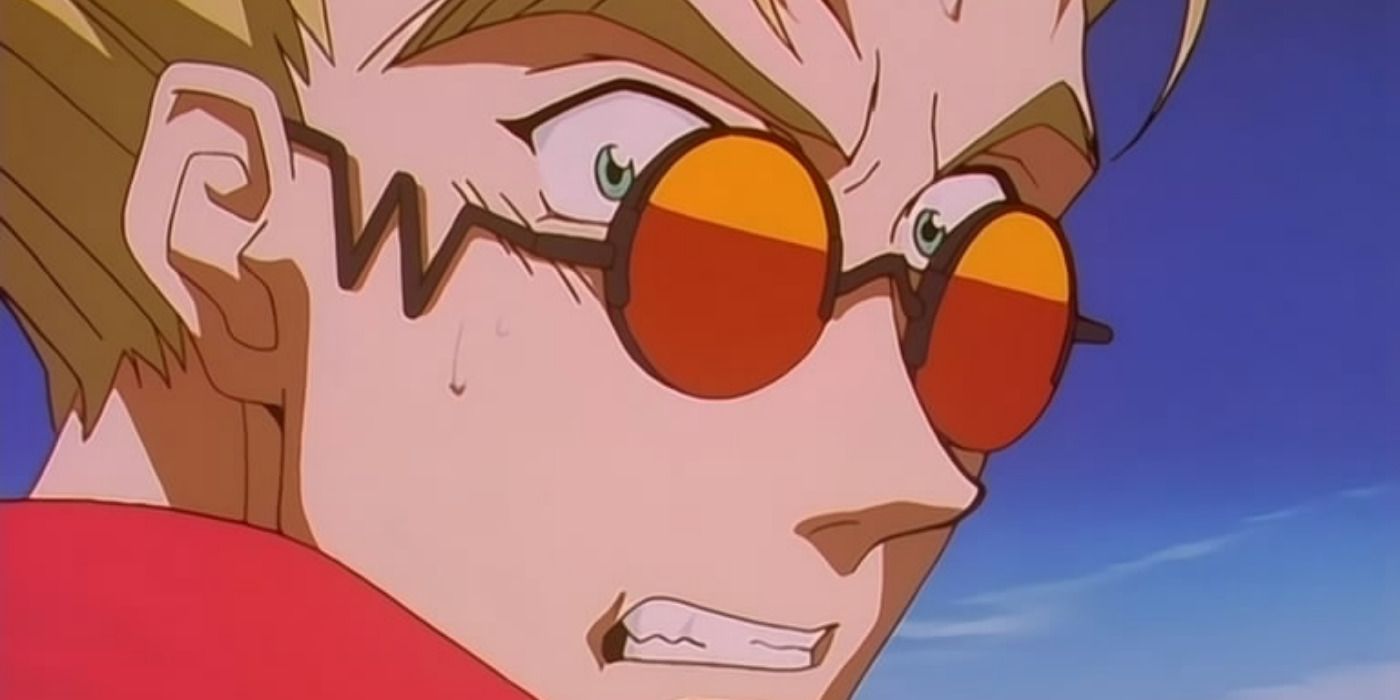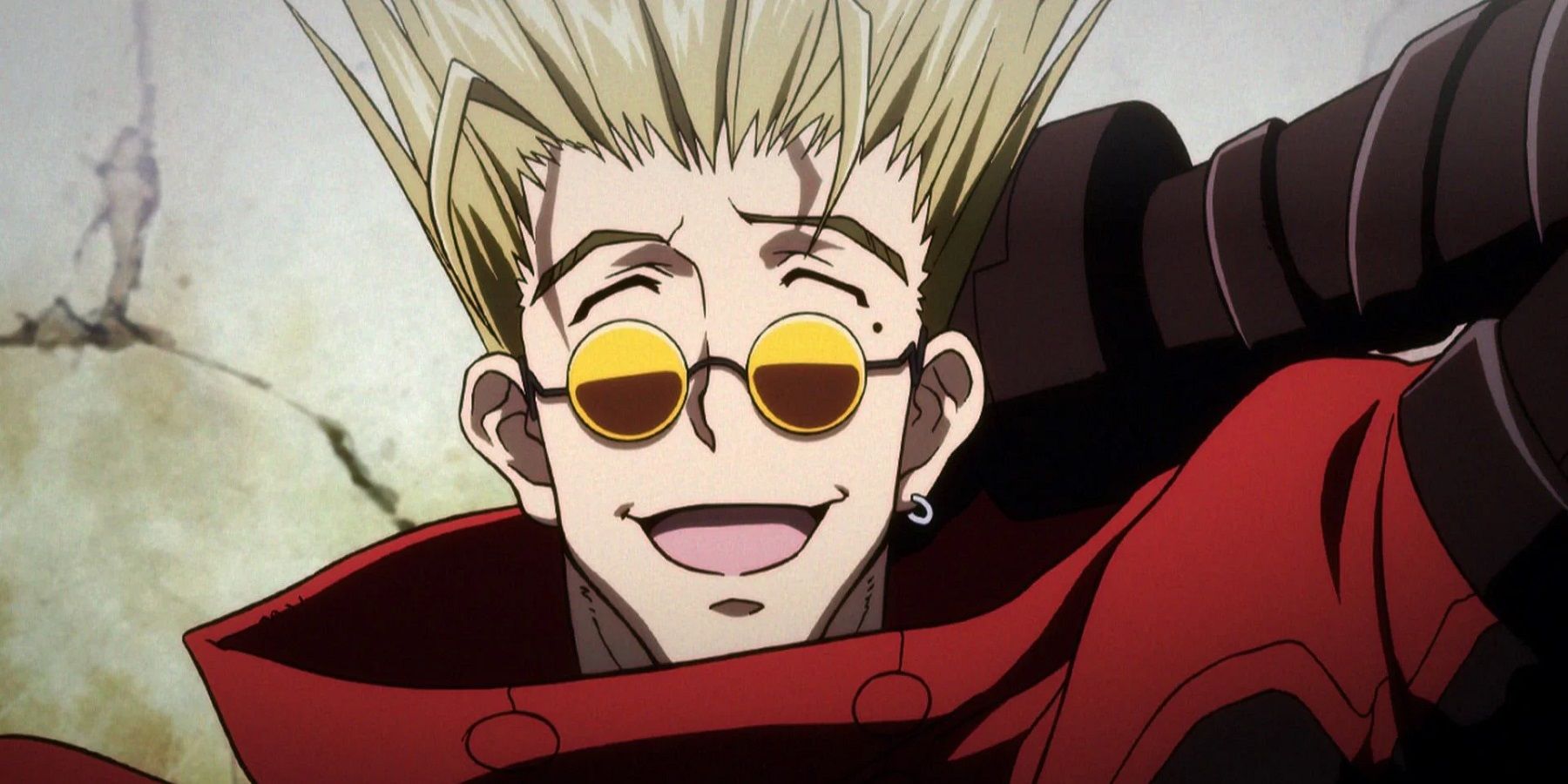Why does one show succeed while another show flops? Sometimes the answer is obvious, sometimes it’s quite complicated. The circumstances of why our favorite shows succeed or fail is one that will be discussed for years on end. Whether it was because Star Trek was beamed to the graveyard known as Saturday nights to Dragon Ball Z finally having a time slot on a popular network, circumstances of a show could just as easily make the series a rousing success or doom it to a life of obscurity.
In the case of Trigun the series finds itself in the unusual position of being a flop in its native country while being branded a beloved classic in America. Why is this though? What is it about the series that made Trigun’s native country more or less shrug off the series while Americans not only embraced the title with open arms, they’ve continued to buy and stream it for twenty years?
A Struggling Manga
Trigun began as a manga written and drawn by Yasuhiro Nightow for Monthly Shonen Captain. The series was not exactly a hit. It had enough readers to run from 1995 to 1997, but it was ultimately canceled with a cliffhanger ending leaving many plot threads unresolved. Several months later, Nightow would join Young King OURs and continue the series as Trigun Maximum, where the series would run from 1997 to 2007 and conclude with the satisfying ending he (and his readers) were hoping for the entire time.
It was shortly after the first manga ended that he was approached by Madhouse to turn Trigun into an anime series. Unaware that he would have the opportunity to draw more Trigun at the time, he agreed to a deal that would see his series receive a 26-episode adaptation. It would air on TV Tokyo during hours that were not so favorable, and the anime would also end without leaving much of a mark in Japanese pop culture. Thankfully, Madhouse producers prepared for a short run, so the series had a definitive ending, and no one watching it would walk away with an unsatisfying cliffhanger.
Different Markets Lead to Different Audiences
Trigun was brought over to America in 1999 by Pioneer Entertainment (later Geneon Entertainment). Unlike the Japanese market, which was flooded with anime, in America the anime market was still relatively small. Streaming was still decades away and the anime section at stores like Suncoast and Media Play were relatively small.
Only a few anime titles were imported every year with even fewer of them making a mark. Most of these titles were science fiction and romantic comedies. When the first volume of Trigun hit video shelves it stood out with a dynamic cover of main protagonist Vash the Stampede on a wanted poster claiming that he was worth $60 billion dollars.
Those who decided to buy the first VHS/DVD were treated to four episodes of a show which was unlike most anime you could buy at the time: A stylish western with a sci-fi bent, with smooth animation and a protagonist with a murky backstory. Was this gunman the legendary gunman who had killed so many people that he was worth $60 billion dollars? It was a great premise that not many Americans had seen. Yet the 'happy-go-lucky but dangerous protagonist' was a dime-a-dozen in Japan. Despite the quality of the series, Trigun didn’t stand out in a crowded field in Japan.
In Japan the series premiered late on TV, in a market where the title could easily be buried in a sea of other anime titles to choose from, while it was based on a manga that was not only a minor hit at best but had a premise that wasn’t all that unique to Japanese viewers. In America the series premiered in a small pond where it easily stood out, had lots of people renting the first tape from Blockbuster, and had a premise that was quite unique to most Americans. Those circumstances made it so that Trigun was not easily buried in the video store.
A Western that Feels American
Another thing that should be pointed out is that Trigun is a heavy western with science fiction elements. That alone should tell you a lot about why Americans were more receptive to the series than Japan, as Americans have loved the western genre since the days of The Lone Ranger all the way up to Clint Eastwood movies. Japanese viewers – while capable of enjoying a solid western – do not embrace westerns as part of their culture. The Japanese equivalent to the western is the samurai movie, so cowboys and robbers aren’t exactly part of their history.
For that matter, the dub of Trigun used accents that were commonly found in old western movies and shows, adding an American sound if you watched the show in English. As one of the dubs that was considered of high quality at the time (it was the anime that gave Johnny Yong Bosch of Power Rangers fame a second career in anime dubbing), it made the series stand out even more as people who rented English tapes from video rental stores still got a quality product.
Trigun is a Good Show Worldwide
Trigun is a good anime regardless of where you live, yet the circumstances were just better for the title in America. That’s perfectly fine because even if Japanese viewers are still largely unaware of the title, the success of the title in America has proven lucrative for Yasuhiro Nightow. His manga as sold more copies in America than it has in Japan, and he makes frequent visits to American comic conventions to sign books and do sketches for fans. The anime was so successful in America that a movie – Trigun: Badlands Rumble – was animated primarily for the American audiences.
Even the upcoming Trigun reboot is using animation techniques that involve CGI, a style more embraced by American audiences than Japanese audiences, who still prefer the look of hand-drawn animation in their anime. Ultimately, Trigun did nothing wrong when it came and went in Japan without much notice. What matters is that people around the world did discover it, and have been reaping the benefits of international audiences enjoying it ever since.

